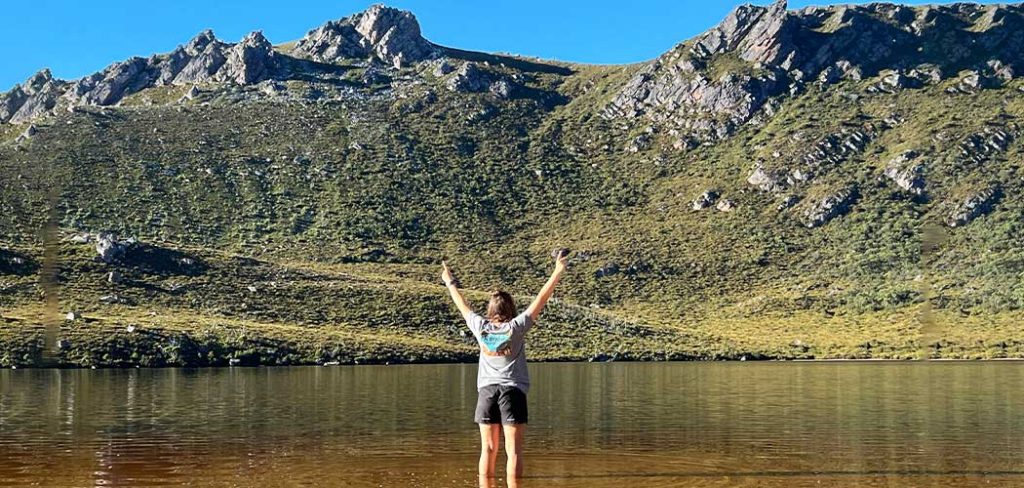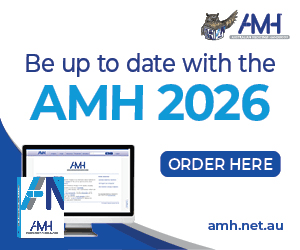“I wasn’t always passionate about environmental sustainability and climate change,” admits Catelyn Richards, the Australian Nursing and Midwifery Federation’s (ANMF) newly appointed Climate Change Officer.
“I was, first and foremost, a humanitarian, and saw my role as a nurse as one to give back to the community.”
But as her nursing career evolved, the undeniable impacts of climate change became more visible.
Realising climate change’s impact on health
Catelyn began her nursing career in paediatrics at the Royal Children’s Hospital in Melbourne. Early on, she notices the increasing connection between climate events and health outcomes.
“During heatwaves, I would see children presenting with dehydration and other heat-related conditions,” she recalls. “I also saw the impacts of things like air pollution contributing to worsened respiratory conditions, like asthma.”
Catelyn’s climate awareness deepened during the 2019-20 Black Summer bushfires and, just months later, the COVID-19 pandemic. The events amplified the urgency of understanding how climate change intersects with public health and her responsibility as a health professional to drive change.
“It really contextualised for me the environment in which nurses are working in. While I had been aware of climate change, it had never been framed to me as a health issue,” Catelyn says.
Another turning point came after Catelyn watched the documentary 2040, which showed new approaches and solutions to climate change.
“For the first time, I felt a sense of hope that there was something I could do to mitigate the impacts of climate change on patients,” she shares.
Empowering nurses to take climate action
A newfound commitment to climate change advocacy inspired her to co-found Climate Action Nurses in 2021, a national network aimed at equipping nurses to take action on climate change to achieve better health outcomes for all people.
“There were a lot of resources out there, but it was very difficult for nurses to understand how they could make a meaningful impact,” Catelyn explains.
“I realised that a central, national body was needed to champion these efforts.”
Climate Action Nurses runs on four key pillars – policy, advocacy, research, and education. The network focuses on providing evidence-based resources and advocating for climate-related health policy changes.

According to Catelyn, climate change isn’t just an environmental issue – it’s a direct health issue. It’s why the World Health Organization (WHO) considers it a fundamental threat to human health.
“Climate change affects patient health and we need to advocate for climate action because it has direct benefits to the people we care for.”
Nurses are also not immune to the effects of climate change. During extreme weather events, for example, nurses have faced challenges such as trying to find patient files amid floods or having to set up makeshift hospitals in parking lots.
“Nurses are often on the frontlines of climate disasters, and our voices need to be heard in policy discussions because we have those first-hand experiences.”
Additionally, the healthcare sector contributes significantly to carbon emissions, accounting for 7% of Australia’s carbon footprint.
“As the largest health workforce, nurses are in a prime position to lead the way in mitigating climate impacts,” Catelyn believes.
Leading the ANMF’s climate change action
In early 2025, Catelyn was appointed the ANMF’s first-ever Climate Change Officer.
The role will focus on connecting with stakeholders, including ANMF state and territory branches, passionate members, and the broader climate health movement, to ensure nursing has a voice in the development and implementation of policies like the National Health and Climate Change Strategy. Her role will also provide nurses, midwives and carers with opportunities to upskill and engage in climate-related advocacy.
“I’ll be working hard to amplify members’ voices and ensure that their experiences, values and priorities are represented in climate policy.”
While climate change may seem like a distant issue for some nurses, Catelyn encourages everyone to learn more and take action.
“No one is an expert, and anyone can start making a difference,” she says.
She points to simple, yet meaningful, initiatives like reusing disposable bed pads (Blueys) and campaigns like ‘gloves off’, which encourage nurses to assess when gloves are absolutely necessary.
Practical steps nurses for nurses to take climate action
“I always recommend people start by finding a group, because the evidence shows we are so much more effective when working in groups,” she says.
“Some of the most successful sustainability stories I’ve heard come from people that are working in a Green Group or an environmental responsibility group. Start, or join, a Green Group and find who your people are within the organisation – it’s the single most effective thing you can do. Then use that as a launchpad to identify some of the things that you think your organisation can improve on.”
Despite the pressures of working in the professions, Catelyn believes that nurses and midwives can prioritise sustainability.
“The patient is always our number one priority, but we can still advocate for long-term climate action,” she explains.
“Green Groups are importance because they help normalise sustainability efforts in healthcare settings and create a collective approach to tackling these challenges.”
As more organisations recognise and understand the benefits of environmental sustainability, Catelyn sees a shift in the narrative.
“Nurses and midwives are in a prime position to shape policy and practice, and it’s time for us to take leadership in mitigating the impacts of climate change.”








